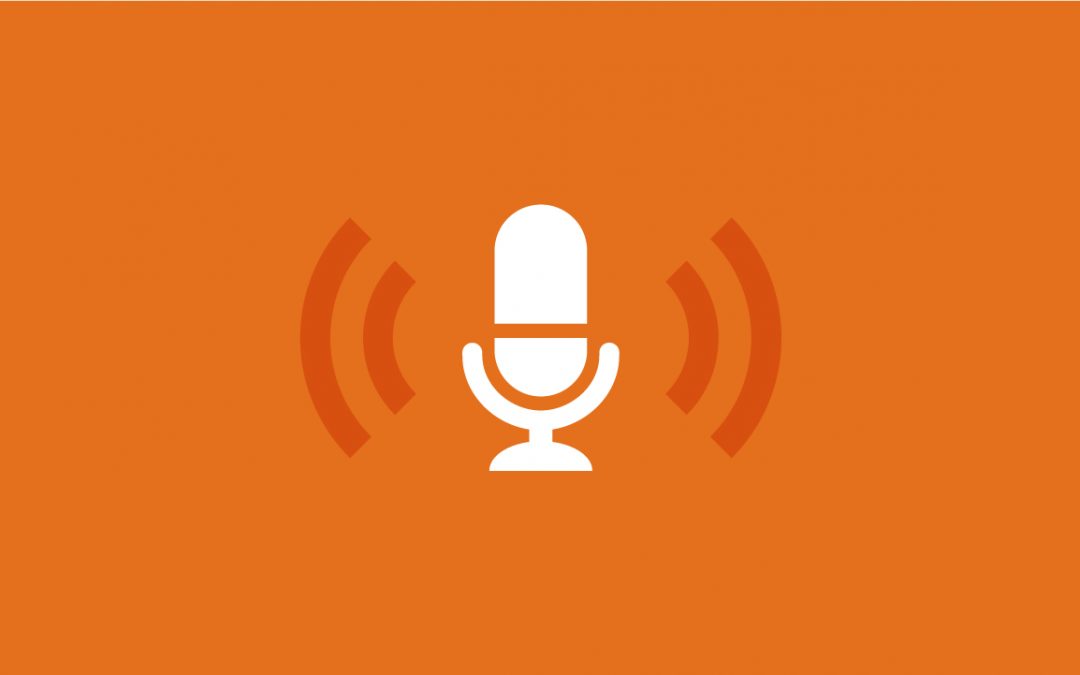Starting your own podcast might seem daunting, but it honestly couldn’t be easier. All you really need is an idea, a phone, a computer, and time. Whether you’re looking to start a quick and simple DIY-style show, or something slicker and well produced, read on for my guide on starting a podcast.
- Listen to podcasts
If you don’t listen to podcasts already, the first step is to download some that interest you and get listening. The charts are as good a place as any to find great new shows to listen to, but if you can’t find any that you’re interested in, I’d recommend The Joe Rogan Experience, Serial, The GaryVee Audio Experience, Song Exploder and Slow Burn to get started. If you’re already a podcast addict, go back to some episodes or shows that you really love. Think about what these podcasts do well, and perhaps what they don’t do so well. What would you do different? By consuming as much of the medium as possible, you’ll have a good eye for what works and what doesn’t when devising your own ideas.
2. Come up with the idea
As with anything else, it all starts with a killer idea. Your idea can be broad if you want it to, but don’t be afraid of doing something niche. As a general rule of thumb, if you’re passionate about it, there are other people out there too who love it just as much as you. Once they’ve found your podcast, they will download it. This is the beauty of podcasts; they are not recorded for the masses. They’re recorded for people with the same niche interests as the host. I met someone at VoiceCon in New York who hosts a podcast about RC car racing. This podcast probably wouldn’t be of interest to the general consumer, but that hasn’t stopped 10,000 RC car enthusiasts subscribing to it. This example was at the front of my mind when I founded The Voice for Voice, my podcast about the latest developments in voice search, and it’s something you should consider too.
Once you’ve got your idea nailed, don’t rush to get recording right away. There’s still plenty more to think about. I would argue that the best podcasts are both informative and entertaining at the same time, but which of those is your main focus? Are you going to present it alone, or with a co-host? Will you invite guests onto the show or not? Are you going to have regular features every week? How often are you going to release episodes? By planning out every aspect of your show, you’ll make sure you really hit the ground running once you start recording and distributing episodes.
3. Get kitted out
Next up, you need to decide how you’re going to record your podcast. If you’re on a budget, you can record your audio on an iPhone. The sound quality won’t be the best, but you’ll be able to get your show out to the masses for next to nothing. If you ask me though, it’s well worth forking out for some sound equipment, as that will help give your final product a more professional sound. Here’s what I would recommend to get you started:
Sound Recorder Zoom H4 (starting from £185)
Microphones & Stands Ultravoice XM8500 (pack of 3 from £30)
SD Card Scandisk SD card (£19.99)
Cables XLR (from £9.99 each)
Buy all of this, and you’ll be ready to start podcasting!
Setting up is also incredibly easy. Simply plug your cables into the sound recorder, insert the SD card, and you’re ready to go. Once recording is complete, take the SD card out, insert it into a computer and you’ll be able to drag and drop the audio file.
4. Press record
Once you’ve got your kit figured out, it’s time to press that record button and start making your show. For each recording session, it’s well worth putting together a script or running order, so that you know what you’re supposed to be talking about and when. When it comes to on-mic confidence and skill, there really is no substitute for experience. Start recording, start talking, and keep learning week-on-week. If you can bear to listen back to your own voice, listen to your podcasts back each week. This will help you pick out things you can improve from a listener’s perspective.
5. Edit it
Once you’ve got your first podcast in the can, download Audacity and learn how to use it. Audacity is 100% free audio editing software which you can use to edit your podcasts. If you’re a complete novice when it comes to audio editing, you’ll need to set aside a couple of days to learn how it all works. It’s not the most user friendly software, but once you’ve figured out where everything is, you’ll be chopping podcasts together in no time.
However, if you don’t have the time to learn a new piece of software but you do have budget, you could always get a pro in to edit your podcast. That’s what I do on The Voice for Voice, and it saves me plenty of time to think of new ideas for the show!
6. Distribute and Promote it
So you’ve got episode 1 of your brand new podcast in the can. You now need to make sure the general public can hear it. Head to Libsyn, get an account with them for a small monthly fee, create an RSS feed within the platform, and upload your podcast to it. Once you’ve got your podcast on Libsyn, your next step is to submit it to iTunes. Head to iTunes Connect and copy and paste the link to your Libsyn RSS feed there. Fill out all of the other criteria and hit submit. You’ll then have to wait up to two weeks for your podcast to be approved or rejected, but it’s usually quicker than that.
A common reason for a podcast being rejected is that the image is in the wrong specifications. Ensure that it is 1400 x 1400 in order to avoid this issue. Once your podcast has been accepted by iTunes, you can then upload podcasts directly to iTunes – and any other platforms you are on – by uploading directly to Libsyn. It’s also worth connecting your podcast with services such as Spotify, Acast, or even YouTube, as only iPhone users will be able to access and listen to your podcast if you keep it iTunes exclusive!
Once your podcast is live, there’s only two more things for it. Market it like hell on social media, and keep making podcasts! The more content you make, the more likely you are to build a dedicated following that will tune in every week. If you start bringing in enough dedicated listeners, you may be able to attract sponsors, turning your passion project into a revenue generator.




